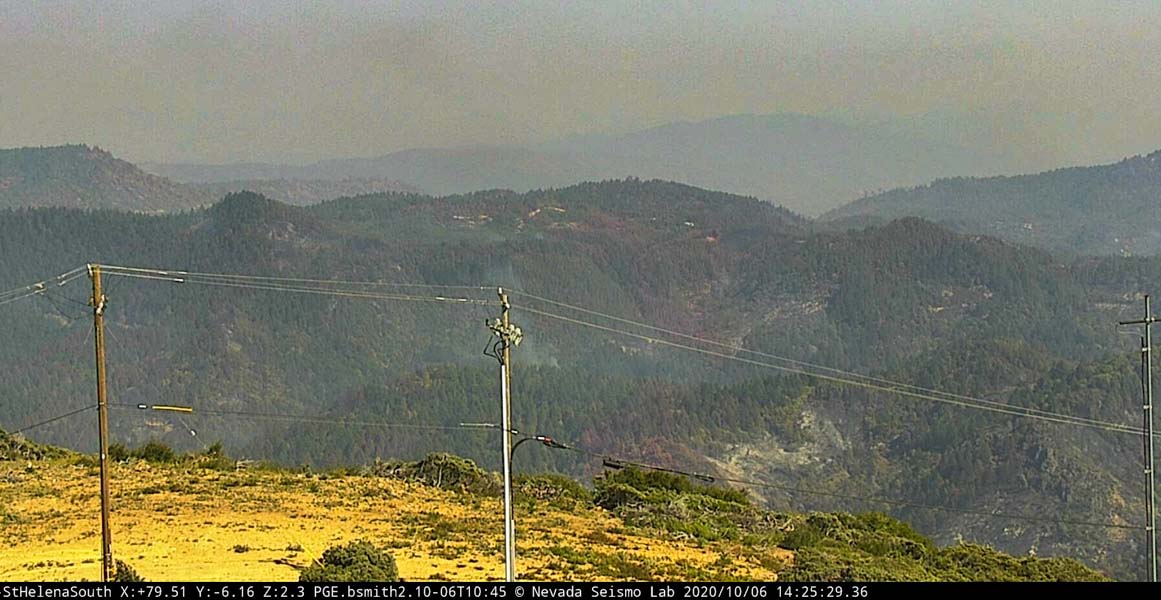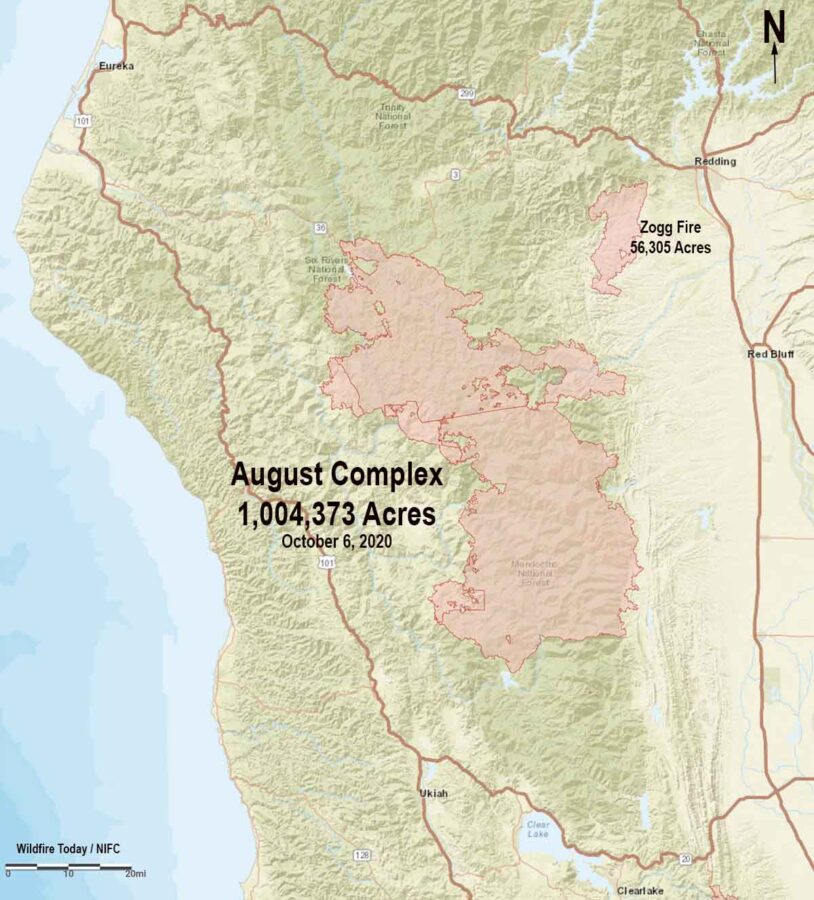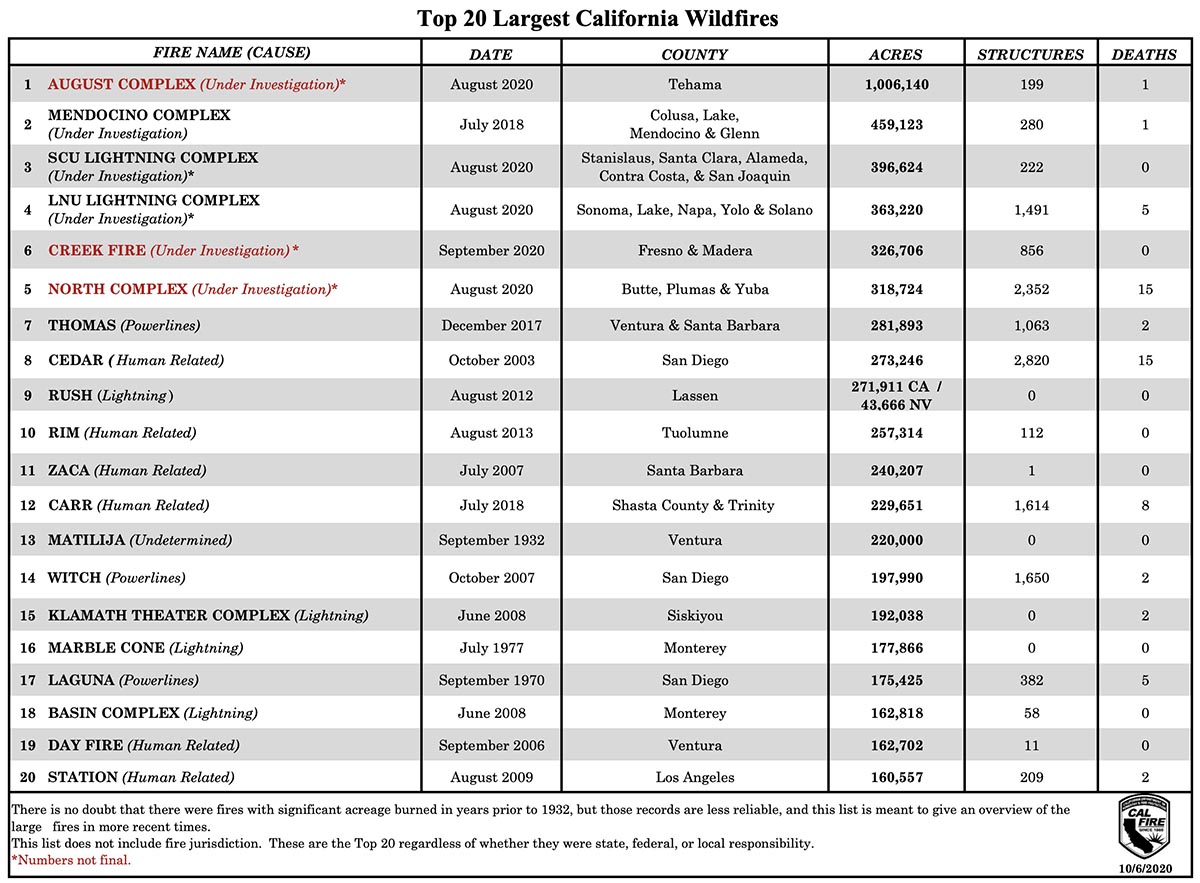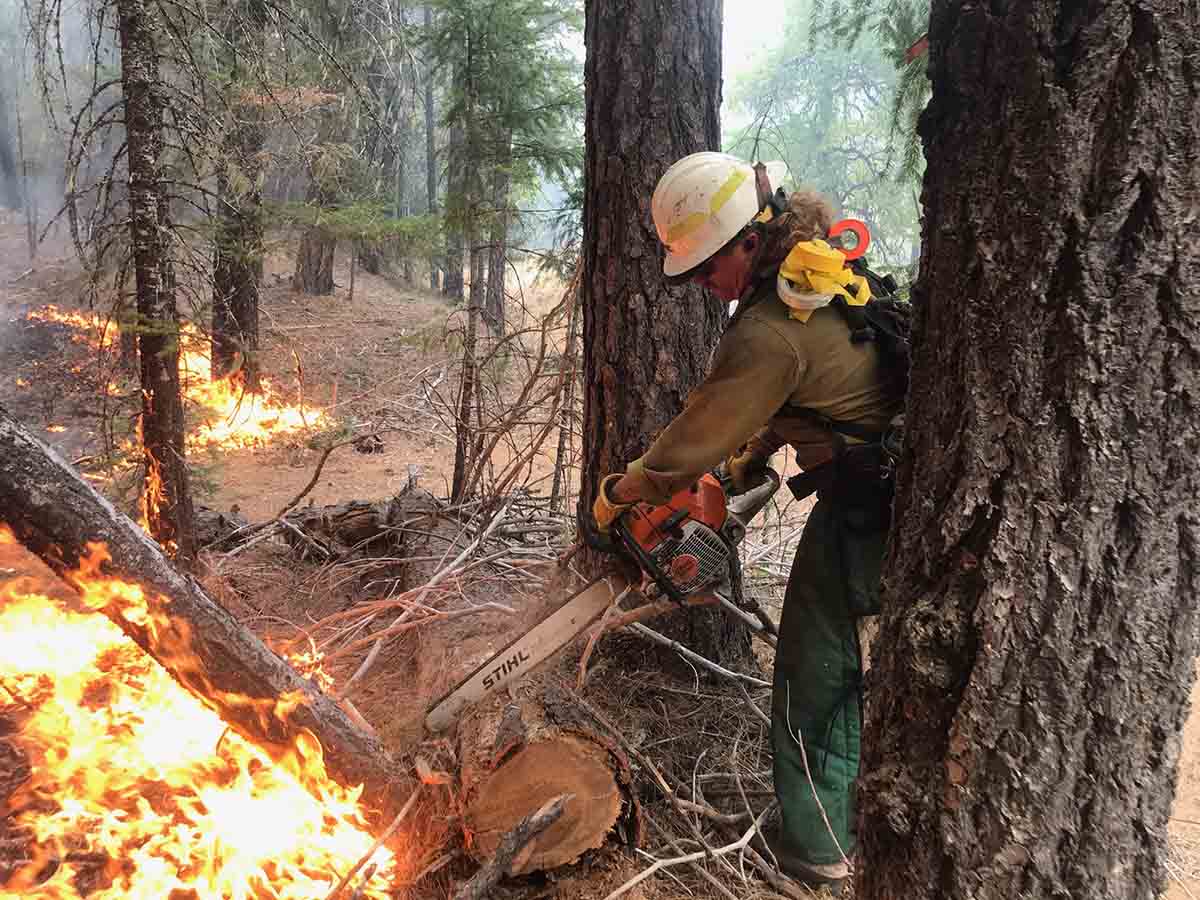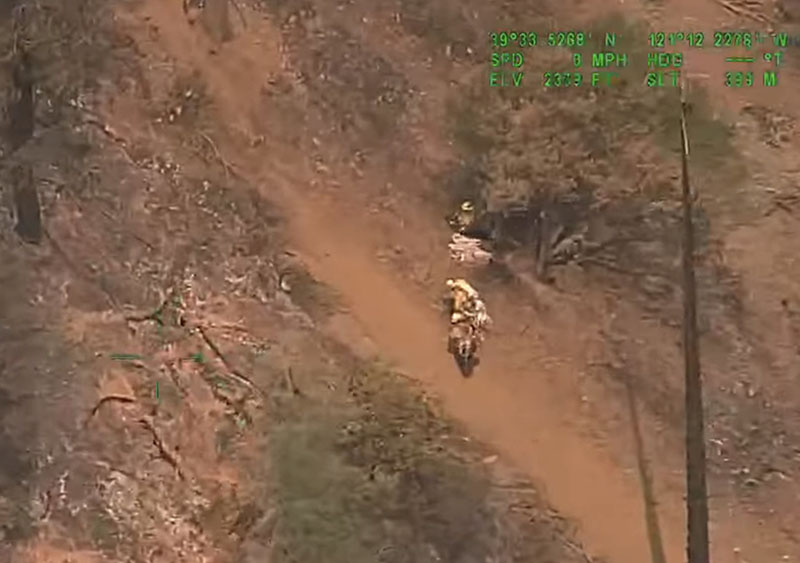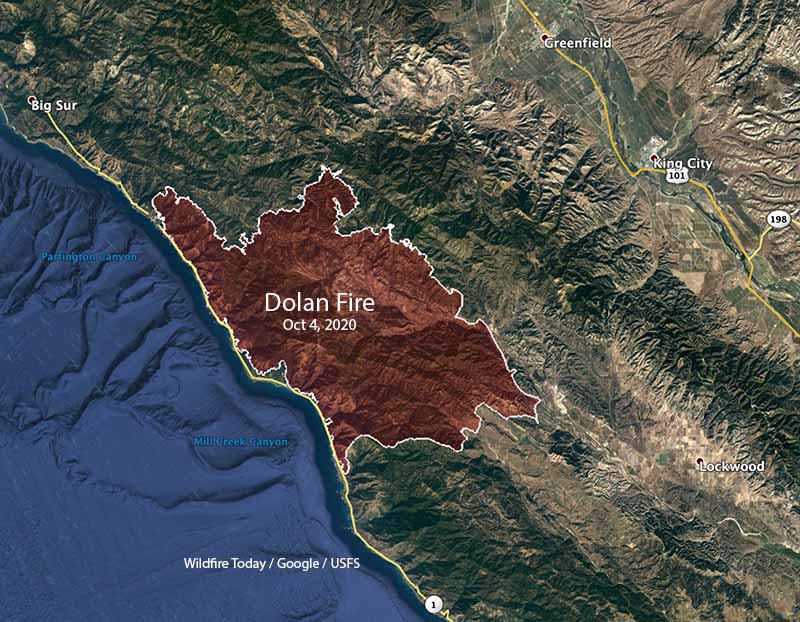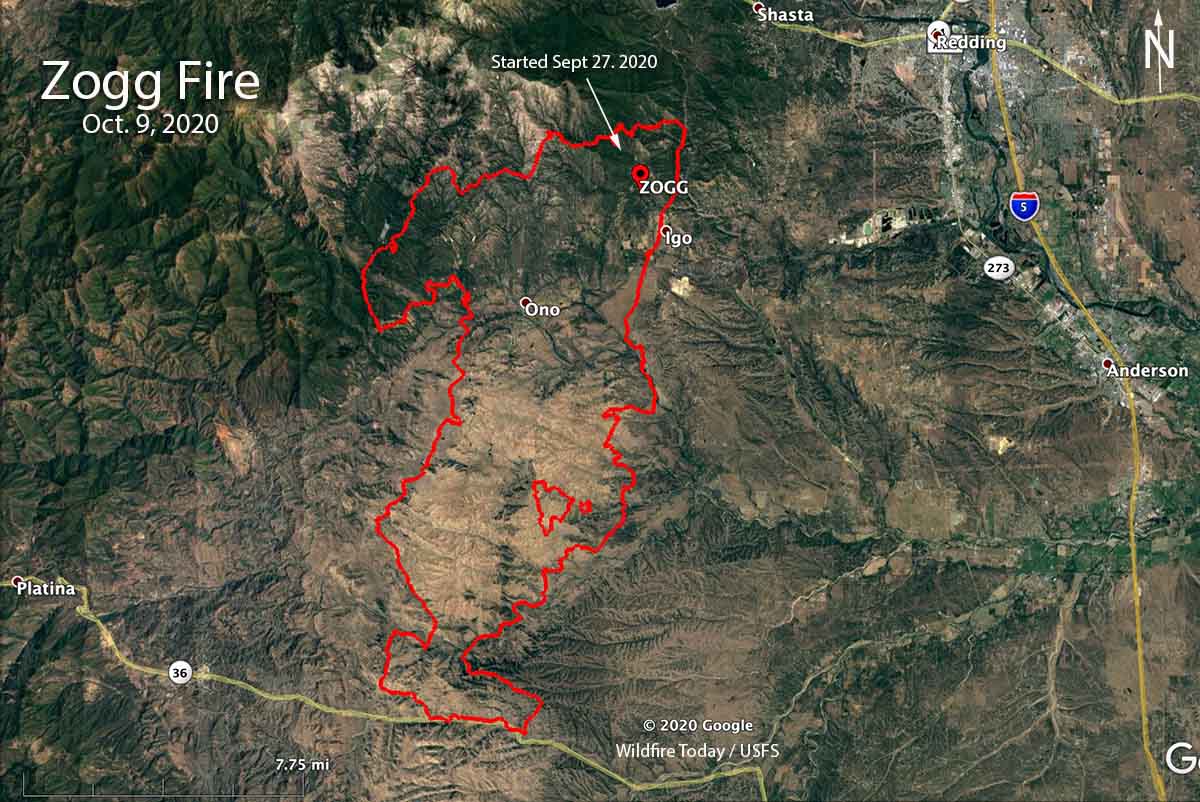
Investigators from the California Department of Forestry and Fire Protection looking for the cause of the Zogg Fire seized Pacific Gas and Electric equipment, the utility said Friday in a notification to the state Public Utilities Commission.
The Zogg Fire started about 9 miles southwest of Redding, California during hot, dry, and windy conditions on September 27, 2020 and ran south for 16 miles until firefighters were able to stop it at Highway 36 about 9 miles east of Platina.
Four people were killed in the fire and 103 residences and 101 other structures were destroyed. The estimated costs of suppressing the fire through October 9 are $29 million.
In PG&E’s filing to the PUC, the company said their equipment reported alarms and other activity in the area of Zogg Mine Road and Jenny bird Lane between approximately 2:40 p.m. and 3:06 p.m. on September 27, when the line recloser de-energized that portion of the circuit. The filing says wildfire detection cameras and satellite data showed heat or signs of smoke at that location between approximately 2:43 p.m. and 2:46 p.m.
BakersfieldNow has information about the four fatalities.
The Shasta County Sheriff’s Office identified one of the victims as Alaina Michelle Rowe, 45, who was found dead along a road on Sept. 28. The sheriff’s department said another victim was a minor but did not report the identity. KRCR-TV in Redding reported that Rowe and her eight-year-old daughter Feyla died as they tried to escape the fire.
The two other victims, also found a day after the fire started, are Karin King, 79, who was found on the road where the fire started, and Kenneth Vossen, 52, who suffered serious burns that day and later died in a hospital.
Neither PG&E or CAL FIRE have disclosed exactly what equipment the investigators seized.
CAL FIRE has not released their findings about the cause of the Zogg Fire.
After their equipment was blamed for starting the Camp Fire, in June of this year PG&E pleaded guilty to involuntary manslaughter for the 84 people that were killed when the fire burned through Paradise, California November 8, 2018. The fire also burned 154,000 acres and destroyed more than 18,000 structures. As part of the investigation for that fire, CAL FIRE personnel seized electrical equipment on or near a 100-year old PG&E transmission tower near the point of origin.
Previously the power company has reached settlements with victims from wildfires in 2015, 2017 and 2018, totaling about $25.5 billion, NBC news reported.

